Nissan Micra 1993 2002 Haynes Service Repair Manual UK
Nissan Micra 1993 to 2002 Haynes repair manual NEW
Haynes (UK) Publication covering Nissan Micra series K11, including automatic transmission (N-CVT) and special/limited editions built from 1993 - 2002 Engines (petrol):
Inside this manual you will find: Routine Maintenance, tune-up procedures, engine repair, cooling and heating, air-conditioning, fuel and exhaust, emissions control, ignition, brakes, suspension and steering, electrical systems and wiring diagrams.Haynes repair manuals can save you money on maintenance and repair bills. Step-by-step procedures and illustrations guide you through every job, from basic maintenance and troubleshooting, to complete teardown rebuild.
|
The Nissan Micra, known in Latin America and in most of Asia as the Nissan March (??? Machi?), is a supermini produced by the Japanese automaker Nissan since 1982. The second-generation K11 was built and launched in Japan in early 1992, and released in Europe in the fourth quarter of the year. It was powered by brand new all-aluminium 1.0 L (CG10DE) and 1.3 L (CG13DE) DOHC 16 valve engines, with 55 PS DIN (40 kW/54 hp) and 75 PS (55 kW/75 bhp) respectively (higher outputs in Japan), both with ECCS (Electronic Concentrated Control System) fuel injection. Power steering was an option on some models, and the equipment list included security features not usually available in this market segment: a toughened safety-cage and side-impact door beams were standard and pre-tensioning seat-belts and a driver's air-bag were optional. However, the MK2 Micra scored only a modest two stars in Euro NCAP testing in 1997. Airbags, antilock brakes, electric windows, central locking and air conditioning were available as options on some of the Micra range as it developed in its life cycle. The car soon won the European Car of the Year award for 1993 (the first Japanese car to do so) and the Good Design Award (a Trade and Industry Design award in Japan) along with the Car of the Year Japan award in 1993. This would spawn the V3 Award edition. After minor changes in 1996, in 1998, six years after its launch, the Micra received a facelift which saw the whole range get power steering as standard. This also saw the introduction of the Peugeot-sourced 1.5 L TUD5 Diesel engine into the Western European range. In 1999, Renault bought a 36% stake in Nissan, and in 2000 there was talk of moving production of the Micra to Flins, near Paris. However, the UK government prevented this by making a £40 million grant that was approved by the European Commission in January 2001. The Micra's next incarnation was also made in Britain. There was a Cabriolet (FHK11) unveiled at the Tokyo Motor Show in 1995, but it was not sold until August 1997, with an electric top. These were produced in limited numbers for the Japanese Domestic Market (JDM) only. However, much like the Nissan Figaro, some have been imported into the UK unofficially. There was also an estate version called the Box (WK11), which was unveiled on November 1999, with a double folding rear seat, along with an automatic transmission four-wheel drive model. In late 1997, a Facelift version was introduced, and were built from late 1997-early 2003. The cumulative visual changes from the first models included a revised front grille and headlights, redesigned front and rear bumpers, oval instead of round side repeater indicators, minor changes to internal controls, slightly desaturated colours on the rear light lenses, a redesigned rear wiper which rests horizontally instead of vertically, the centre high level brake lamp being reduced in size and mounted at the top of the rear window, instead of on the parcel shelf, and a radio aerial repositioned from the top of the right-hand A-pillar to the middle of the roof towards the rear.In late 2000, the original facelift was replaced by a second facelift version, technically being quite similar. Changes if the second facelift include new lights added on the bumper, the lower-body of the car was changed, front side lights were coloured orange instead, and a major change is that the inside of the car was completely re-designed.By the time of late 2002, the new K12 was introduced and started to be built, although the K11C models were still being built at the same time. This means that both K11C and K12 models were being built in late 2002. The K11C models were fully replaced by K12 in early 2003.

 0 Items (Empty)
0 Items (Empty)

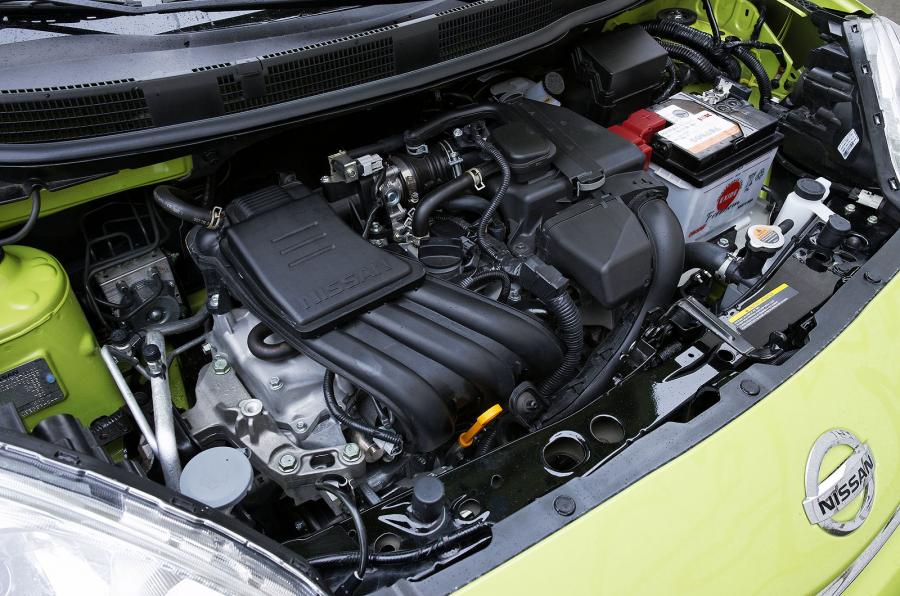
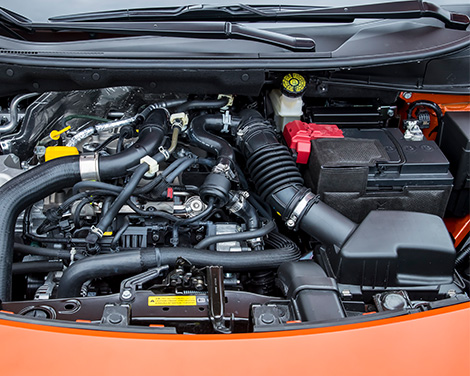
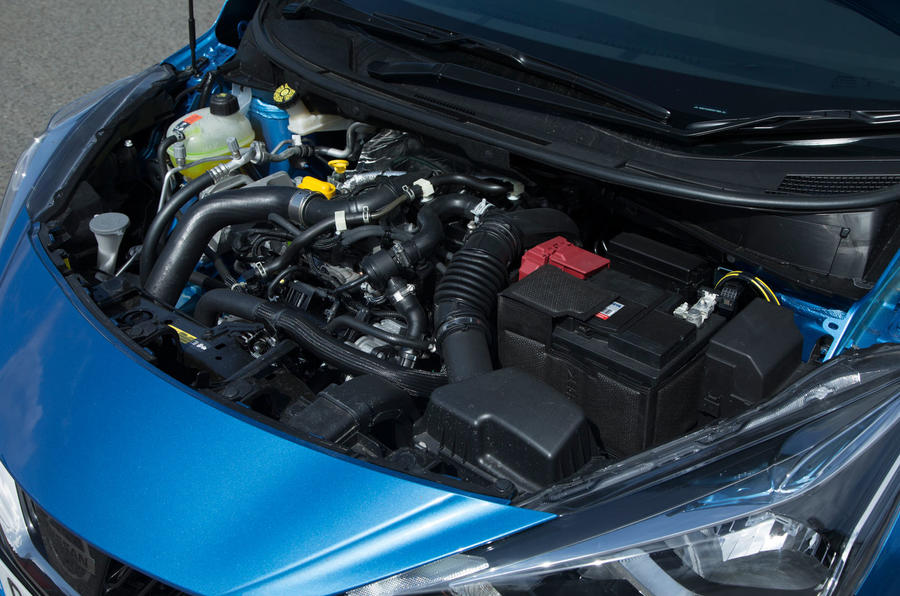
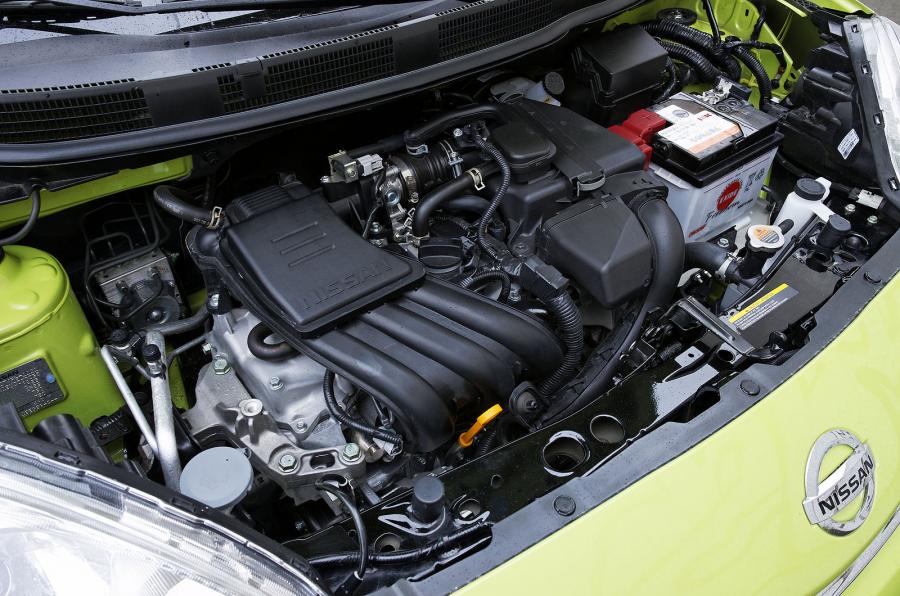
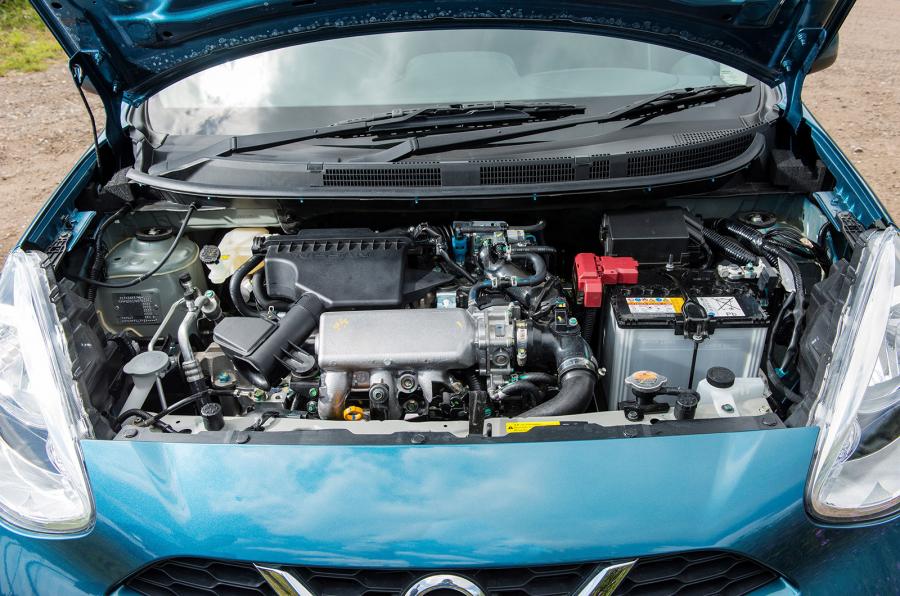 >
>